The Springbok comprises a relatively small antelope that live in southern Africa. They are part of the Bovidae family, along with other antelope, wildebeest, buffalo, water buffalo, impala, gazelle, and more.
You can distinguish these animals from other antelope by looking at their faces, which are white, with a dark stripe running from their eyes to their mouths. Read on to learn about the Springbok.
Description of the Springbok
This antelope species has a red-brown colored coat, with a white underbelly. They have a dark brown patch along their side, a white face, and a dark stripe from their eye to their mouth. This species stands about 2.5 ft. tall, and weighs between 70 and 100 lbs.
Both sexes have horns, which are slightly curved and point upwards from their heads. Most horns measure between 12- and 18-inches long, though females have slightly thinner and smaller horns.
Interesting Facts About the Springbok
Springboks are interesting little antelope with a variety of behaviors and traits to help them survive. Learn more about what makes these antelope unique below.
- Pronking – It wouldn’t be a Springbok without the “spring!” These antelope spring high into the air by bouncing up with all four feet, a behavior known and “pronking.” These animals can pronk over six feet in the air, and usually jump several times in a row.
- Camel-ope – Even though camels are famous for their ability to go long periods without water, Springboks take the cake in this category. Because they feed on succulent vegetation, these antelope can get all their water from their diet. They can go over a year without actually drinking water!
- What’s in a Name? – In short, Springbok translates to “jumping antelope,” or “jumping goat.” In the Afrikaans language of South Africa, “spring” translates to jump, and “bok” translates to antelope or goat.
- Symbol of South Africa – In South Africa, the people view this antelope as an emblem. They revere it for its athletic ability, and hunting this species is strictly regulated. Because of these strict regulations and licenses, Springboks are one of the most prolific antelope species.
Habitat of the Springbok
Piggybacking on the strict regulations and rules surrounding hunting of these animals, we move to preferred habitat. Because habitat destruction and urban spread threatens the natural ecosystems that they prefer, these creatures primarily live in farms, nature preserves, and game parks.
Within these reserves, they live in dry savanna and grassland habitats. Because they can go long periods without drinking water, Springboks can inhabit more arid regions with less rainfall.
Distribution of the Springbok
Even though their populations are healthy and thriving, these antelope live within a relatively small range. Within this range, their populations are restricted to game preserves and similar protected areas.
These antelope only inhabit southwestern Africa, and live nowhere else in the world outside of zoos and ranches. Their range extends from western South Africa throughout Namibia and into small areas of Botswana and Angola.
Diet of the Springbok
Springboks are herbivores, and feed only on plants. Depending on the season, they both browse on leaves and graze on grasses. When water is plentiful, primarily during the rainy season, they feed on grasses. The grasses have less water in them, but are more plentiful.
As the dry season arrives, they begin eating flowers and leaves, which have higher water content. By eating foods with lots of water in them, these animals can live in arid regions without having to rely on water sources.
Springbok and Human Interaction
Humans actually benefit Springboks, and their populations are increasing. The governments in southern Africa protect these antelope, and require special licenses and permits to hunt a select number of animals.
The cost of the licenses goes towards providing for the people of southern Africa and maintaining the reserves and sanctuaries that the animals live in. Through careful regulation, the people in these regions keep the population growing year to year. The IUCN lists the Springbok as Least Concern.
Domestication
Humans have not domesticated these antelope in any way.
Does the Springbok Make a Good Pet
Even though this species isn’t quite as large as some other antelope species, they still do not make good household pets. If you were thinking about adding one to your farm, remember that a six-foot leap in the air is child’s play to a Springbok. Strict regulations protect these antelope, and keeping them as a pet is illegal in most places.
Springbok Care
In zoos, these animals usually live in large enclosures with plenty of running (and pronking) space. Their enclosures contain a large amount of grass and shrubs for them to graze on, and lots of space for an entire herd to live and exercise.
It is not uncommon for zoos to keep Springbok in large, safari-style exhibits with other antelope species as well. The zookeepers feed them grasses, several different types of hay, fresh leaves to browse, and pelleted feed for herbivores.
Behavior of the Springbok
These mammals are primarily diurnal, or active during the day. They spend their days browsing for food, resting, and sometimes pronking or sparring when excited. Springboks have two primary social groups – mixed sex herds and bachelor herds.
A few males control a herd of females and their offspring, and hold breeding rights. Older, younger, or unsuccessful males group together in bachelor herds, looking for potential mates when they can. The dominant males guard their herds from competing males.
Reproduction of the Springbok
Females mate with the dominant male in the herd. The male mates with multiple females in his herd as the breeding season arrives. Females have a gestation period of about five or six months, and normally give birth to a single calf.
Males do not participate in rearing the calf, but do protect their herd from danger. She weans the calf off her milk when it is between six months and a year old. Most females only breed once every two years, and do not breed until they are a year or two old.



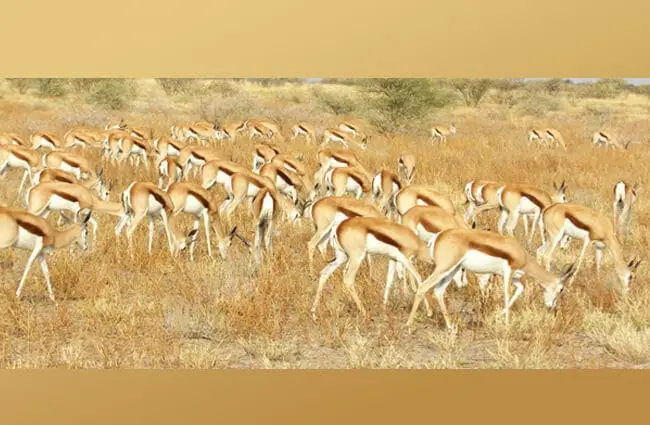

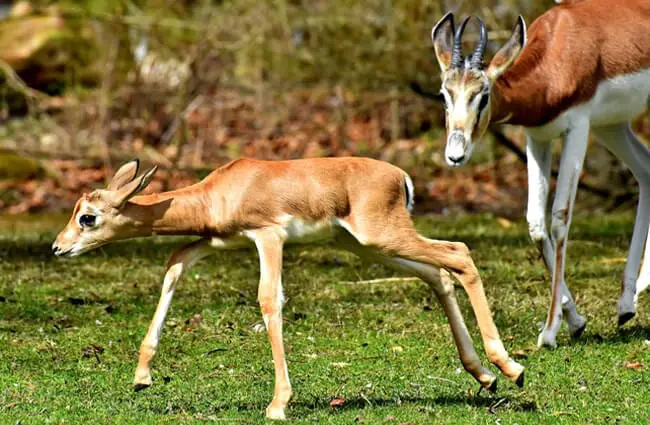
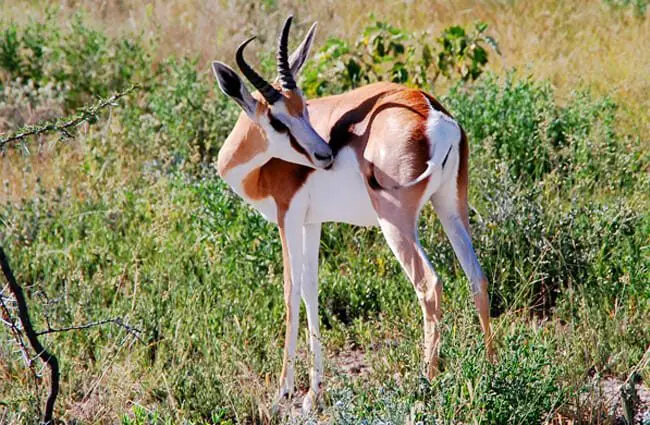
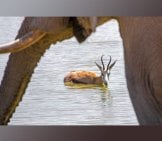



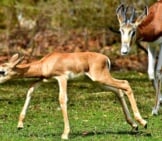
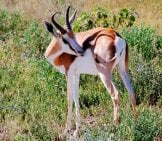
![Red Angus Closeup of a beautiful Red Angus cowPhoto by: U.S. Department of Agriculture [pubic domain]https://creativecommons.org/licenses/by/2.0/](https://animals.net/wp-content/uploads/2020/03/Red-Angus-4-238x178.jpg)












![Red Angus Closeup of a beautiful Red Angus cowPhoto by: U.S. Department of Agriculture [pubic domain]https://creativecommons.org/licenses/by/2.0/](https://animals.net/wp-content/uploads/2020/03/Red-Angus-4-100x75.jpg)

